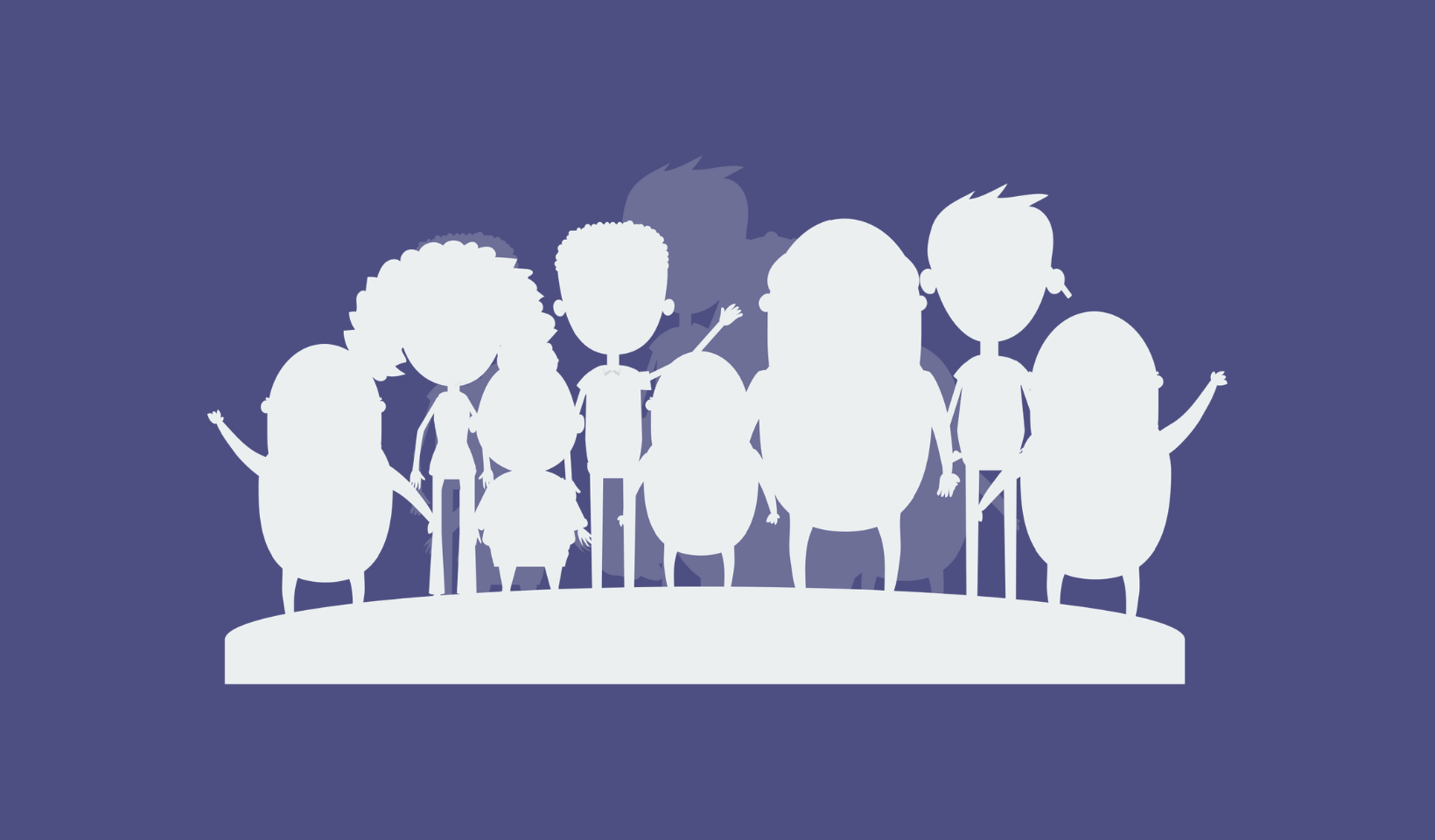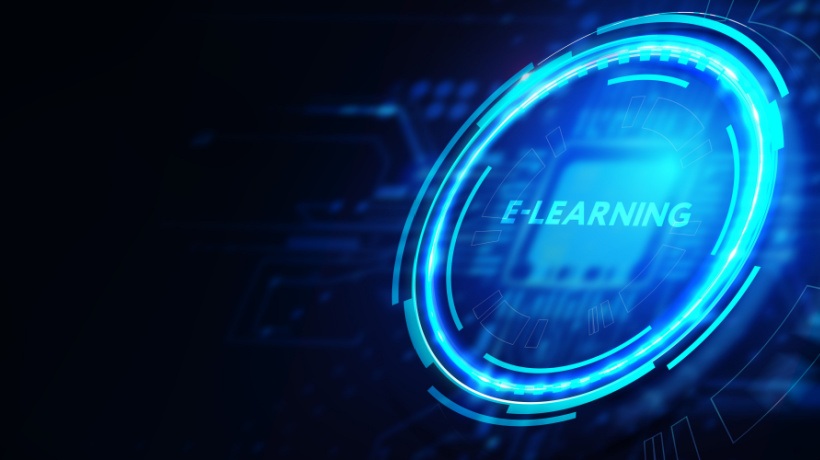How To Cultivate A Continuous Learning Culture That Nurtures Internal Talent
Investing in your employee’s continued development is part of creating a learning culture for your organization. In this article, we’ll discuss how to cultivate a continuous learning culture that nurtures internal talent including:
- How company culture and training go hand-in-hand
- Why delivering continuous training matters
- What needs to be included with an ongoing employee training program
- Creating a training scheduled throughout the year (with incremental goals)
Making ongoing employee development a priority helps create a culture focused on the importance of continuous learning. Not all employees begin at the same entry point—they all come from different career levels, backgrounds, culture, preferences, and everyone is unique in their own way.
Continuous learning requires employees to understand the entire work system of which they are part of, and their role within your organization. We’ve identified three distinct levels of ongoing employee training at the Company, Department, and Individual level. Let’s explore these three levels of learning culture in greater detail.

I. Company-Wide Training
For new hires, getting acclimated to your company culture can be difficult just like with any cultural assimilation. As you consider how you’ll create a learning path for each employee, remember to put the individual at the heart of their own training plan while also being mindful of your company’s goals.
Consider for a moment what continuous learning areas your company needs to cover for every employee throughout the year such as:
- Culture
- Mission updates
- Product training on new features
- Partnerships
- Sales accomplishments and meeting revenue goals
- Marketing and press announcements
- Awards and company recognition
- Workshops and virtual meetings
Some of these ‘wins’ from your company’s history should be included in your new hire onboarding. Throughout the year, think about how you can deliver those through town hall, email updates or a company newsletter, or a video from your CEO.
There are so many ways to get the bigger message out and reach the broad audience of your employee base. Everything comes back to building company culture and creating continued excitement for coming to work every day. All of these activities should also be aligned with your organization’s mission and vision.
II. Department Level
Every department has updates for new projects, priorities, and works-in-progress. We need a way to train, educate, and keep each team member up to date on what’s happening in their department. This is something you can’t do just once a year. There should be at least a monthly department meeting, if not a weekly team sync. It’s important to talk about higher level strategy, not just ‘in the weeds’ tactical work on tasks to make the work you’re doing helps with your company’s strategic priorities.
Here’s an example: an engineering team may meet for a daily standup to discuss what they’re building for the product, working on to fix a software bug, roadblocks, and to do’s, but it’s important to take a pause to see how this is helping the rest of the company. If we apply this to continuous learning, it can show what’s lacking so you can work better as a team and focus on specific training for those areas of opportunity.
III. Individual Level
Creating an individual learning and development plan for every employee might sound overwhelming, but it’s about setting goals to align for each individual where they may need help.
Another example: if you hired a new HR generalist, they are probably experienced with employee operations and internal communication but maybe they are struggling to learn your HRIS system or its components. It’s therefore essential to design a learning plan to make sure they can get up to speed and be successful in their new role.
Whatever the individual’s list of needs may be will be specific to their role and needs their own unique learning path. When you’re building training, don’t expect to spend so much time on reusing this content. Instead, spend the time learning and planning because every individual has different strengths. To get started, make a list of the areas where each employee may need help, then set time-based goals for achievement to measure their growth.
FAILDOZER - you can’t make custom training plans for every single thing an employee needs to fix about their work, but focus on the 2-3 areas of opportunity that can have the biggest impact.
Don’t set every goal to be a long-term annual goal - look at it on a monthly or quarterly basis. If you set a goal for the year, it may be procrastinated until December. Think about how you can work with each employee’s director or manager on how you’ll measure progress.
The whole goal here is to look for how you can have steady progress towards bigger initiatives. Using our HR generalist example, instead of wanting your new hire to become a master of your HRIS system, focus on the areas where they need to learn the technology then create an ongoing plan for layering on additional education.
How To Create A Continuous Learning Culture
So now that we know the three different categories of continuous learning for our employees, how can we encourage participation? It’s about getting employees and teams motivated so they have buy-in with their learning plans. Don’t tell them what they need to learn, but have them tell you what they believe their areas of opportunities are, and they’ll get bought-in on this continuous learning goal instead of simply feeling like it’s mandatory.
One way to make it fun is to have the departments share in a learning workshop about different things they find exciting to help themselves, and ideally the business.
Consider hosting a “Learning Day” to get employees together to share the things they’re learning about with the company, department, or other new hires who started around the same time. It’s an opportunity to share stories or experiences of what they’re going through and learn from each other.
Ongoing Training Throughout The Year
How often should training take place? Most teams are meeting weekly (or have daily interaction with each other) but it’s important to have a monthly plan for what you’re trying to accomplish. For both your team, and for the individual, setting small goals can ultimately lead to something bigger and align with your company’s mission.
Without a plan, you’re operating reactively instead of proactively. Your company has set a revenue goal for what it hopes to achieve this year, then has quarterly goals to hit. It’s a very specific annual target with benchmarks along the way, and you need the same for your employees’ learning path.
If you set a training schedule that has crazy weekly deliverables, it can be overwhelming. But if you set just one big annual goal with a soft skill to improve upon, it can keep getting pushed on the back-burner by both the individual contributor and their manager.
Conclusion
A continuous learning plan is not only designed for companies, departments, and teams, but also for the individual. You can’t just schedule a couple of training sessions for the year and call it done; consistency is key. Like any other journey, an employee’s learning path needs to have an end-goal with specific and measurable benchmarks or mini-goals to achieve
Delivering consistent employee training at the individual level, department level, and company-wide ultimately influences your company culture. As a leader within your organization, you’re the one lighting their way on that learning path.
We wrote the eBook How To Make Training Awesome: Your New Employee Onboarding Checklist, so you can jump around to the parts of this book to find the information you need to be successful with your new employee training. Each chapter ends with key takeaways, and you can also replay our webinar where we discuss how to incorporate storytelling into your employee training.









